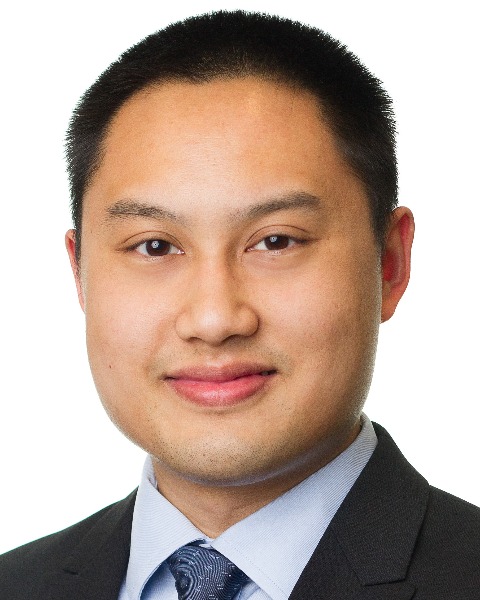Oral Concurrent Session 5 - Hypertension
Oral Concurrent Sessions
(59) Defining postpartum cardiovascular physiology: Blood pressure trajectories in patients at risk for new-onset postpartum hypertension

Ukachi N. Emeruwa, MD, MPH (she/her/hers)
Assistant Professor/Women's Reproductive Health Research Scholar
University of California, San Diego
San Diego, California, United States
Minhazur R. Sarker, MD (he/him/his)
Fellow
University of California, San Diego
San Diego, California, United States
Elizabeth Nicole Teal, MD, MPH (she/her/hers)
Assistant Professor, Division of Maternal-Fetal Medicine
University of California, San Diego
San Diego, California, United States- MJ
Marni B. Jacobs, PhD
University of California, San Diego Health
San Diego, California, United States 
Louise C. Laurent, MD, PhD
Maternal-Fetal Medicine Faculty
University of California, San Diego Medical Center
La Jolla, California, United States
Natalie A. Bello, MD, MPH (she/her/hers)
Associate Professor of Cardiology
Cedars Sinai Medical Center
Los Angeles, California, United States
Timothy Wen, MD, MPH (he/him/his)
Assistant Professor
University of California, San Diego
Irvine, California, United States- RM
Russell S. Miller, MD (he/him/his)
Sloane Hospital for Women Associate Professor of Prenatal Pediatrics (in Obstetrics and Gynecology)
Columbia University Medical Center
New York, New York, United States 
Cynthia Gyamfi-Bannerman, MD, MS (she/her/hers)
Professor and Chair
University of California, San Diego
San Diego, California, United States
Submitting Author and Presenting Author(s)
Coauthor(s)
Though de novo postpartum hypertension (dnPPHTN) accounts for up to two thirds of PPHTN cases, the physiologic and pathophysiologic cardiovascular changes after delivery are poorly understood. We sought to define longitudinal PP blood pressure (BP) patterns in patients at risk for PPHTN.
Study Design:
We analyzed data from a negative randomized trial (PMID 38641089) of 82 normotensive patients at high risk for dnPPHTN randomized to daily furosemide or placebo from PP day 1-5. BPs were monitored every 4-8 hours from delivery to discharge, then by Bluetooth-enabled remote monitoring twice-daily for 6 weeks. The primary goal of this secondary analysis was discovery of distinct patterns of longitudinal BP trajectories in the placebo group. Secondary goals included exploring differences in early PP BP trends between those who developed dnPPHTN and those remaining normotensive; and timing of peak BPs. Trends were assessed using local polynomial regression fitting. Linear mixed-effects models were used to examine temporal BP trajectories, including polynomial time effects, linear spline, and random intercepts and slopes. An interaction term for the time trend and dnPPHTN diagnosis was included.
Results:
We included all 40 placebo participants from the parent trial, contributing 2235 PP BP readings. SBP and DBP rose until days 10 and 12 PP, respectively, before declining. Mean peak SBPs and DBPs were 120.7 ± 13.4mmHg and 81.0 ± 10.3mmHg. There were significant differences in BP trajectories between participants with (n=3; 167 BP readings) and without (n=37; 2068 BP measurements) dnPPHTN.(Figure 1) Those with dnPPHTN had a significantly steeper rise in SBP preceding dnPPHTN diagnosis, which occurred at a median of 5 days [IQR 5,5.5 days]. SBPs rose by 1.6mmHg/day more to its PP day 9 peak in dnPPHTN compared to normotensive participants, while DBP rose by 0.3mmHg/day more and peaked later (PP day 14 vs 12).(Table 1) Using innovative technology, we defined distinct trends in PP cardiovascular physiology that distinguish physiologic from pathophysiologic BP changes in patients at risk for dnPPHTN.
Conclusion:

